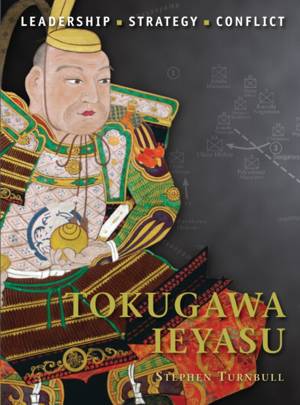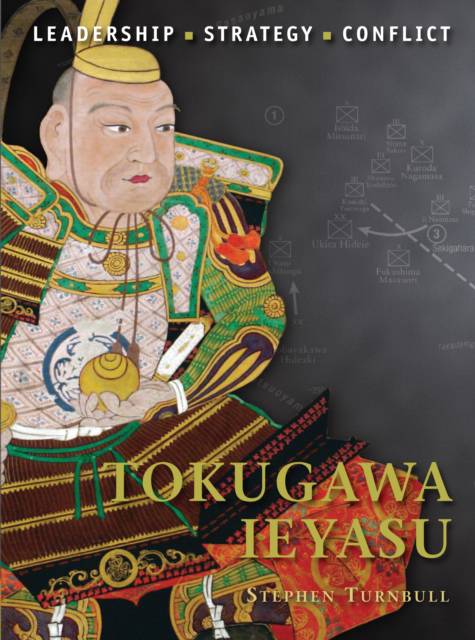
En raison d'une grêve chez bpost, votre commande pourrait être retardée. Vous avez besoin d’un livre rapidement ? Nos magasins vous accueillent à bras ouverts !
- Retrait gratuit dans votre magasin Club
- 7.000.000 titres dans notre catalogue
- Payer en toute sécurité
- Toujours un magasin près de chez vous
En raison de la grêve chez bpost, votre commande pourrait être retardée. Vous avez besoin d’un livre rapidement ? Nos magasins vous accueillent à bras ouverts !
- Retrait gratuit dans votre magasin Club
- 7.000.0000 titres dans notre catalogue
- Payer en toute sécurité
- Toujours un magasin près de chez vous
Description
Towards the end of the 16th century three outstanding commanders brought Japan's century of civil wars to an end, and even though reunification was first achieved under Toyotomi Hideyoshi, it was his successor Tokugawa Ieyasu who was to ensure a lasting peace.
In terms of his strategic and political achievements Ieyasu ranks as Japan's greatest samurai commander. His battlefield prowess, however, needs careful consideration before accolades are offered, because Ieyasu was undoubtedly a lucky general. Mikata ga Hara, for example, was a defeat that the onset of winter saved from being a rout. Ieyasu's crowning victory at Sekigahara depended very much on the defection to his side of Kobayakawa Hideaki, and the absence from the scene of Ieyasu's son Hidetada serves to illustrate how just once there was a failure in Ieyasu's otherwise classic strategic vision. Yet Ieyasu possessed the particular wisdom of knowing who should be an ally and who was an enemy, and he was gifted in the broad brush strokes of a campaign. He also knew how to learn from his mistakes. Ieyasu was also patient, a virtue sadly lacking in many of his contemporaries, and unlike Hideyoshi never outreached himself. To establish his family as the ruling clan in Japan for the next two and a half centuries was abundant proof of his true greatness.Spécifications
Parties prenantes
- Auteur(s) :
- Editeur:
Contenu
- Nombre de pages :
- 64
- Langue:
- Anglais
- Collection :
- Tome:
- n° 24
Caractéristiques
- EAN:
- 9781849085748
- Date de parution :
- 19-06-12
- Format:
- Livre broché
- Format numérique:
- Trade paperback (VS)
- Dimensions :
- 178 mm x 241 mm
- Poids :
- 204 g

Les avis
Nous publions uniquement les avis qui respectent les conditions requises. Consultez nos conditions pour les avis.






